Salton
Sea with Beth
Feb 22, 2005
Guide- Bob
Miller
A day of birding the Salton Sea and Imperial Valley.
83
species total -- bird list at bottom of page

Click on
thumbnail pictures for full-sized shots.
|
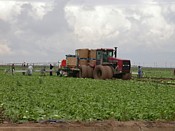
Lettuce harvest
It was a wet, stormy day in the valley. My favorite kind!
These fields of Stock added a great splash of color to the morning. |
Lettuce harvest was in full swing, rain or shine, so they just keep
adding bigger or more tractors to get through the mud! 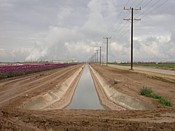
Imperial Valley
|
|
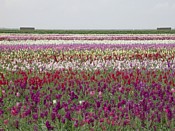
Stock
|
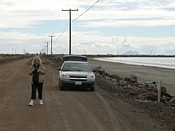
Beth
|
| We birded along the sea wall and across Obsidian Butte
then around to Red Hill.
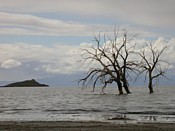
Salton Sea, Rock Hill
|
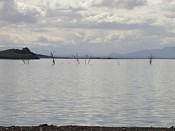
Salton Sea, Rock Hill
Great Blue Heron nests were awaiting new occupants in the bay |
|

Salton Sea, Hazard Unit
|
The ponds along Garst Road held a lot of birds.
The Chocolate Mountains take on new splendor with the cloud shadows
sweeping across them. |
|
|
The pond at the Calipatria State Prison held some fine birds and
several hundred White-faced Ibis allowed close approach as they
rested along the shore.
|

Calipatria State Prison
|
|
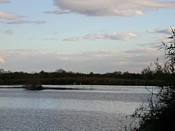
Finney Lake
Finney Lake was really beautiful with the storm slipping along
in the background.

White-faced Ibis &
Ring-billed Gulls
|
We were lucky and never had any real rain fall on us but we did
get to see some nice thunderstorms sweep across the valley.

Finney Lake
White-faced Ibis and Ring-billed Gulls filled the sky as they
headed for their evening roosts. The Ibis were headed for
Ramer Lake and most of the gulls go all the way to the Salton Sea
and form huge rafts on the sea at night.
|
|
On the outskirts of Brawley we went to an area in the New River
bottom where we used to play and ride as kids. There were
Gambel's Quail, Gila Woodpeckers and Cactus Wrens in the old Date
Palms and the sunset was spectacular.
|
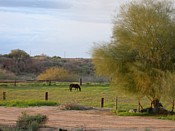
|
|
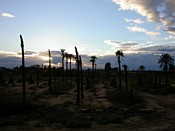
Old date grove
|
These palms were some of the first ever planted in the Imperial
Valley and at that time they were part of the proof to a doubtful
world that this no-mans land of a desert would ever grow anything!
|
|